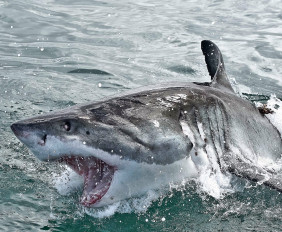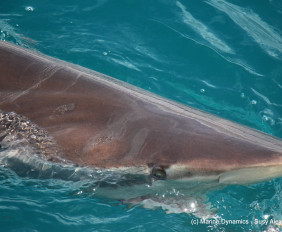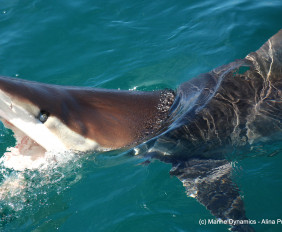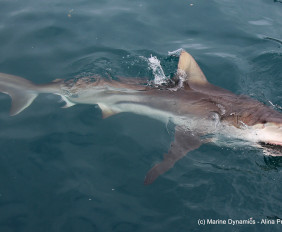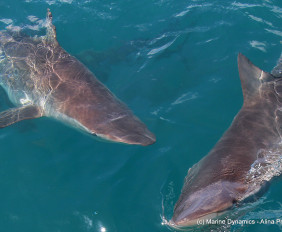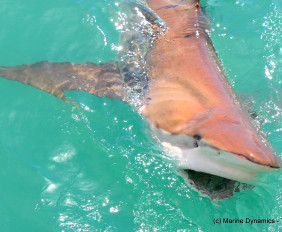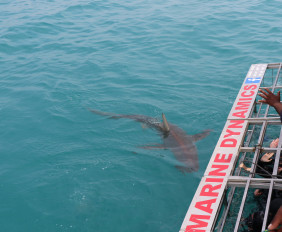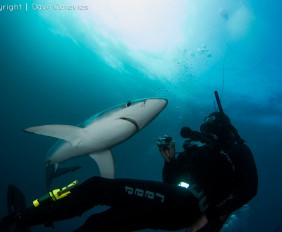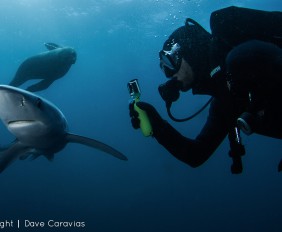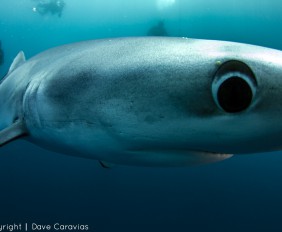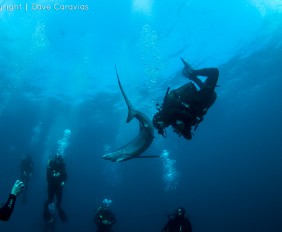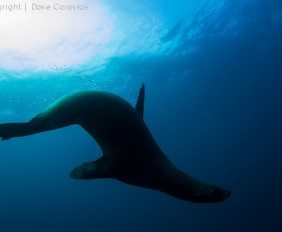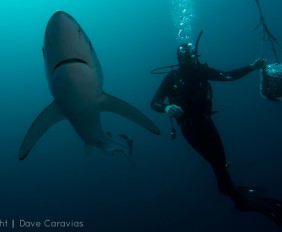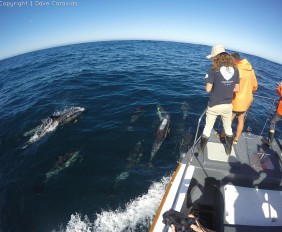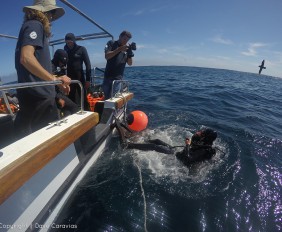Great White Shark Viewing
A boat trip to Dyer Island and surroundings with Marine Dynamic's expert shark cage diving crew and Marine Biologist researchers is probably your best bet for a once in a lifetime, intimate and enticing encounter with the mysterious Great White Sharks. There are only an estimated 5 000 (or less!) of these endangered Apex predators left in the world.
The Gansbaai coastline boasts the biggest concentration of Great Whites in a relatively small area. If anyone can show them to you in their natural environment, it is our team . . . If they are around, we will find them! That said, we must admit that we cannot (always) predict or control the weather or the sharks' moods and daily endeavours. We can, however, guarantee to try our utmost to find them and to give you the ultimate WOW experience of a lifetime!
Can Sharks be Viewed Throughout the Year?
Although there are always a number of Great Whites along the Gansbaai coastline, one must bear in mind that they are precarious, migrating wild animals and literally as unpredictable as the weather. In general, the best time of the year to view the Great White Sharks in the Gansbaai area is between June and September when the visibility in the water is at its best and many migrating sharks come to spend a few months around Dyer Island. However, a rule of thumb in nature is never to take anything for granted - especially when dealing with wild, unpredictable animals. Every day is different and amazing shark sightings are possible throughout the year - even during the so-called low season (December to February). Therefore, we advise shark enthusiasts and serious photographers/videographers to always book a few boat trips in advance to allow for bad weather conditions, poor visibility or even the worst case scenario, a complete stay-away by the star-performers.
High Season (June to September)
As a rule of thumb, the chances of seeing quite a number of Great Whites during our winter months are extremely high. This is also the time when the Southern Right Whales visit our shores to mate, calve and raise their young. On the other hand, the Cape's winters go hand in hand with wind, rain and stormy weather and this can prevent us from going out to sea. For your own safety, boat trips are dependant on weather conditions and it is advisable to have more than one day set aside for shark viewing.
Average season (March to May & October to November)
The weather in Autumn and Spring is as moody and changeable as the sea and can vary from hot to cold in a day. Since we have a 99% success rate throughout the year with shark viewings, the change of seasons will at most only influence the amount of sharks one encounters during a trip. In perfect conditions, up to 18 sharks have been seen, while the average sightings are 4 to 5 at a time. Never knowing when and where to expect the sharks is part of the adventure. Some of the best sightings have occurred in Autumn - especially when the large (4m+) females arrive in the shallows!
Low Season (December to February)
Weather-wise, these summer months are the best for a boat trip at sea in the Gansbaai area! We often have warm, sunny days, clear skies, no wind or rain and nearly perfect sea conditions . . . Ironically, the Great Whites do not necessarily share our view of "good weather" and often take off to “cooler pastures”! Having said that, nothing in nature is cast in stone and sightings can vary daily from very good to below average, and there is still a 90% chance of seeing sharks. With wildlife there are no guarantees, but you can always be assured of a most enjoyable boat trip along our scenic coastline and meeting other members of our extraordinary marine wildlife - penguins, seals and various pelagic birds. Encountering pods of dolphins may just be an unexpected bonus!
Water and Weather Conditions
The water temperature can be anywhere between 12º C and 20º C.
Visibility is usually 0.5 m, but it can go up to 1 – 5 m on a good day.
In order to attract the sharks to the boat it is necessary to lay down a scent trail for them to follow. Our “chumming" consists out of a bait bag (chumsicle) containing only fish products. This makes a very light scent trail for the sharks to follow. Fish is attached to a bait line to lure the sharks to the boat. The sharks are not fed as the bait is kept away as they approach
_1420x587_crop_80.jpg)
_1420x587_crop_80.jpg)
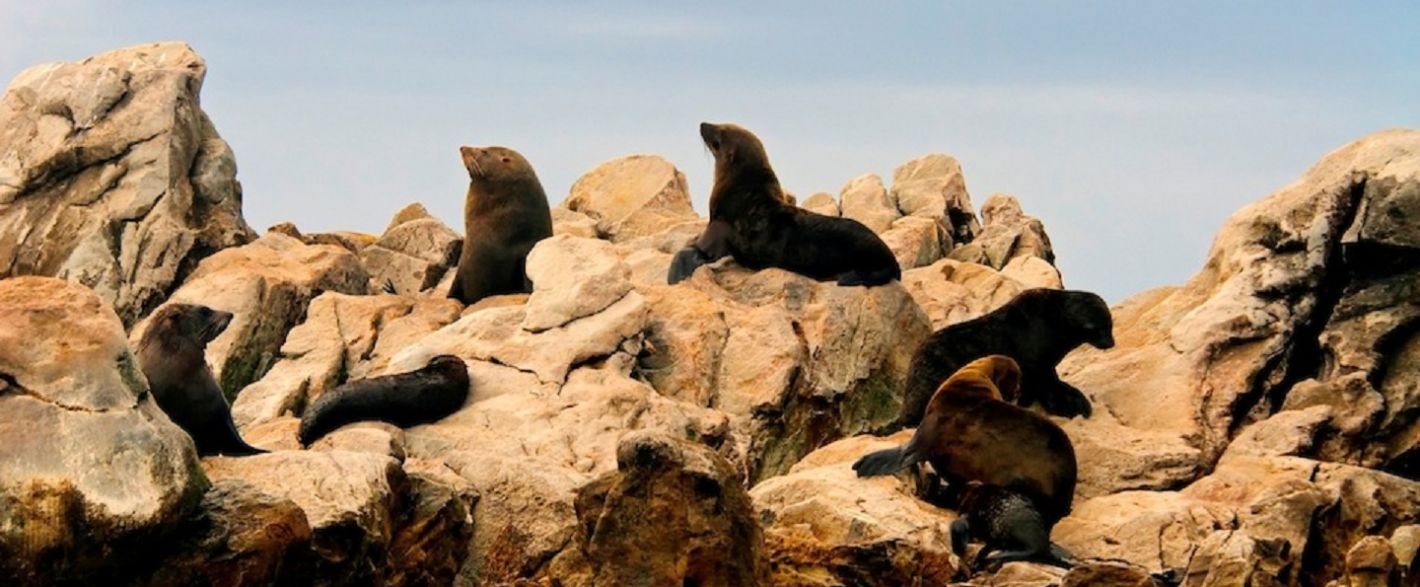
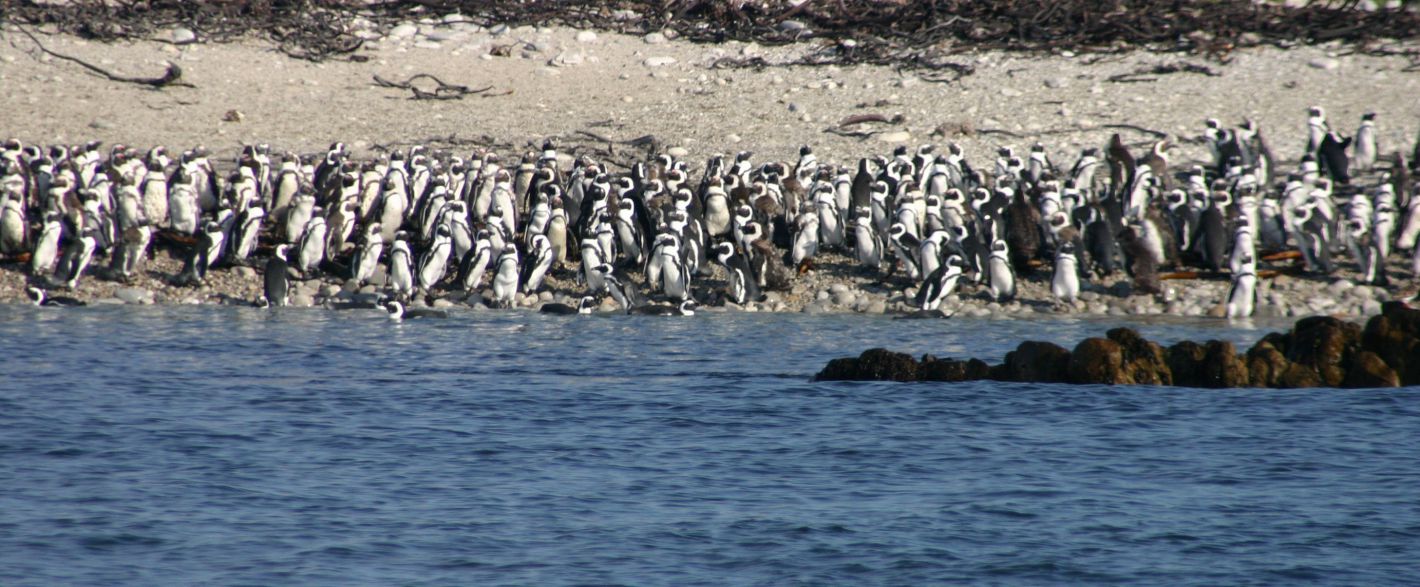
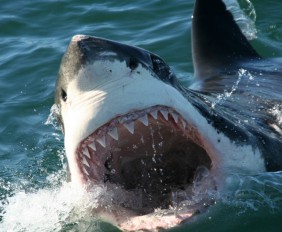
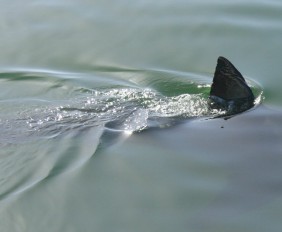
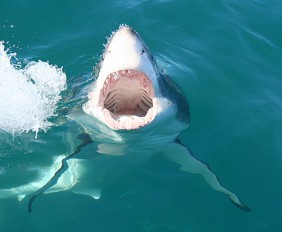
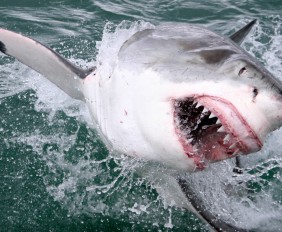
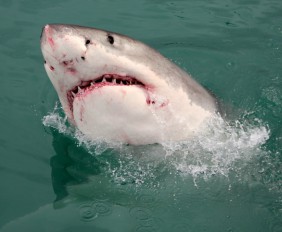
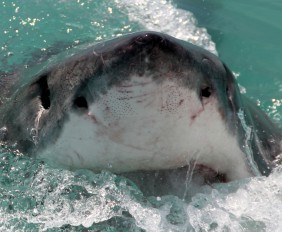
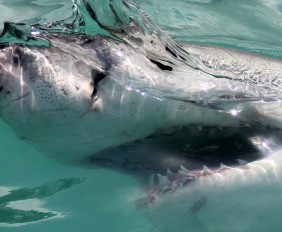
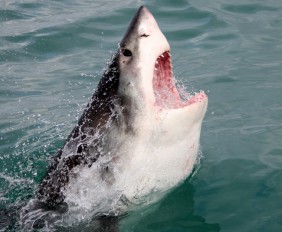
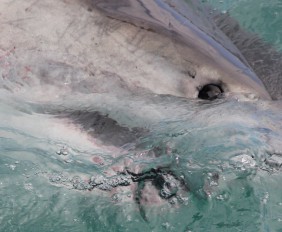
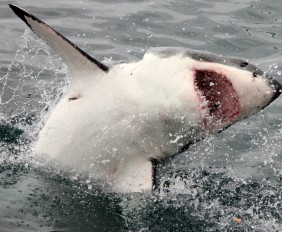
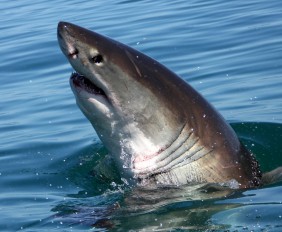
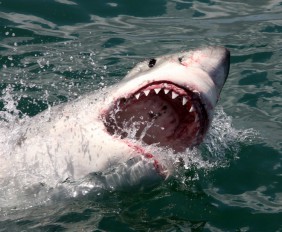
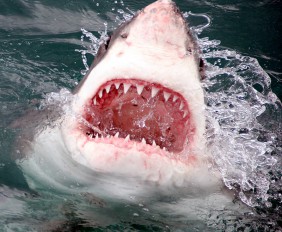
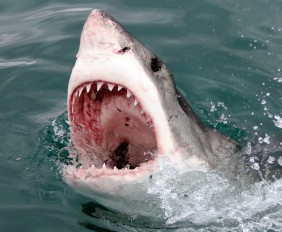
_282x232_crop_90.jpg)
_282x232_crop_90.jpg)
_282x232_crop_90.jpg)
